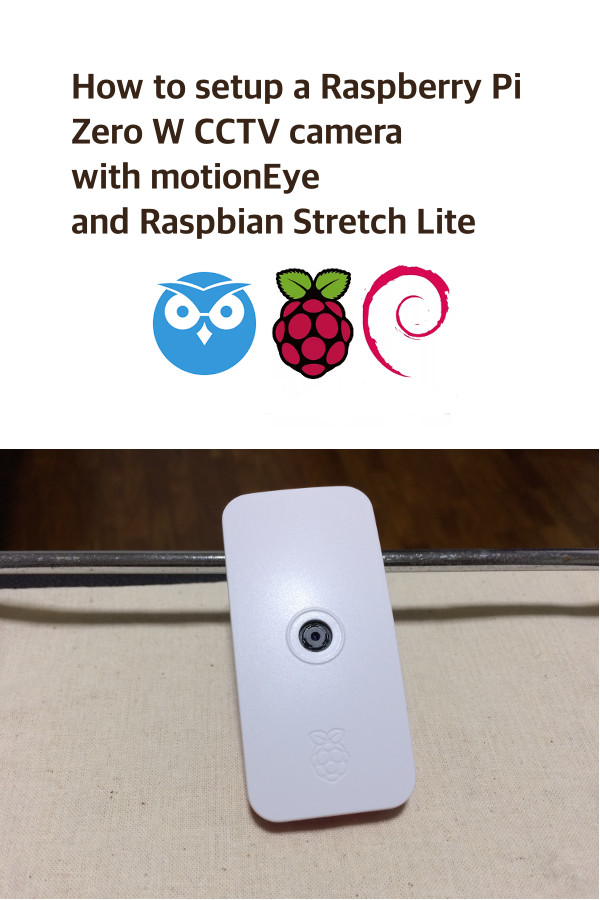

I quickly put together a small scene, flooded it with saturated lights and impatiently submitted the wide-angle Pi Camera Module 3 to the torture test. With a couple of spare photography adapters (recommend this Amazon listing) I was able to create a makeshift mini-tripod for Pi Camera Module V3 that also fits on my motorised slider. I got it at ThePiHut store with my HQ Camera Module and the purchase of Arducam. I have a nice stand for the camera to take pictures of my test setup. At least I thoughts so, as I acquired one for the test later on, because I can’t leave you disappointed! It’s a shame, but as the oldest Camera Module is no longer in production – I will get over it. Upon closer inspection, I discovered that my oldest module has a nasty scratch on the microscopic lens and my dreams of comparing pictures from all modules were laid to rest unexpectedly.

My collection of Camera Modules includes all boards starting from v1.3 (the very first camera module with revised hardware). You are getting more bang for your money, that’s for sure but what can you do with the new and improved camera and how much better it is? It’s hard not to be hardware envy so let’s first examine sample pictures from each camera and see if you really need the latest tech. How does it look on paper compared to previously released models? Pretty impressive: Anyone keen on the wide-lens model will have to pay an extra – £35. Pi Camera Module V3 closes the performance gap between the more expensive HQ Camera while keeping a modest price of £25. The biggest upgrade is the new 12MP sensor (from Sony IMX708) capable of 4608×2592 which is very close to the pixel count of the Raspberry Pi HQ Camera with the added benefit of phase shift autofocus – the tech previously available only on 3rd parties cameras like Arducam. There are actually 4 SKUs for this particular product – two of them represent standard (72°) and wide-lens (120°) configurations and both come with and without an IR filter (dark PCB). The question is – what can you do with it? Camera Module V3 Pi Camera Module V3 wide and standardįrom the physical footprint standpoint, the new Pi Camera Module V3 is almost identical to previous revisions with the exception of the pointy lens, which comes in 2 flavours. My favourite SBC has a new add-on board: Raspberry Pi Camera Module V3, which comes in 2 flavours (technically in 4) and can be yours for as little as £25 (at least this is how much I paid for mine on the launch date). I have to wait for Raspberry Pi 5 until at least 2024, but it doesn’t mean that Raspberry Pi Foundation is done with releasing new hardware.


 0 kommentar(er)
0 kommentar(er)
